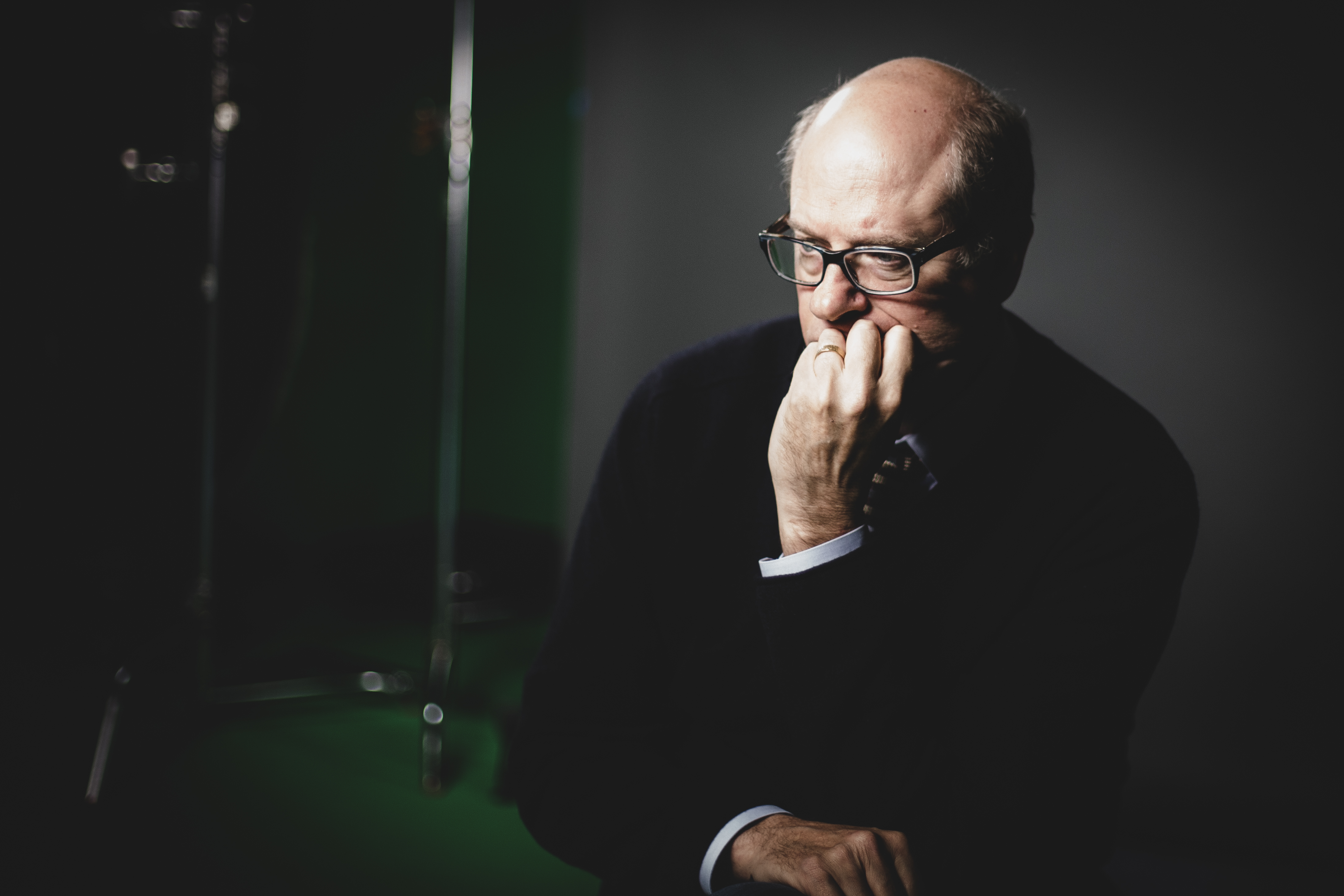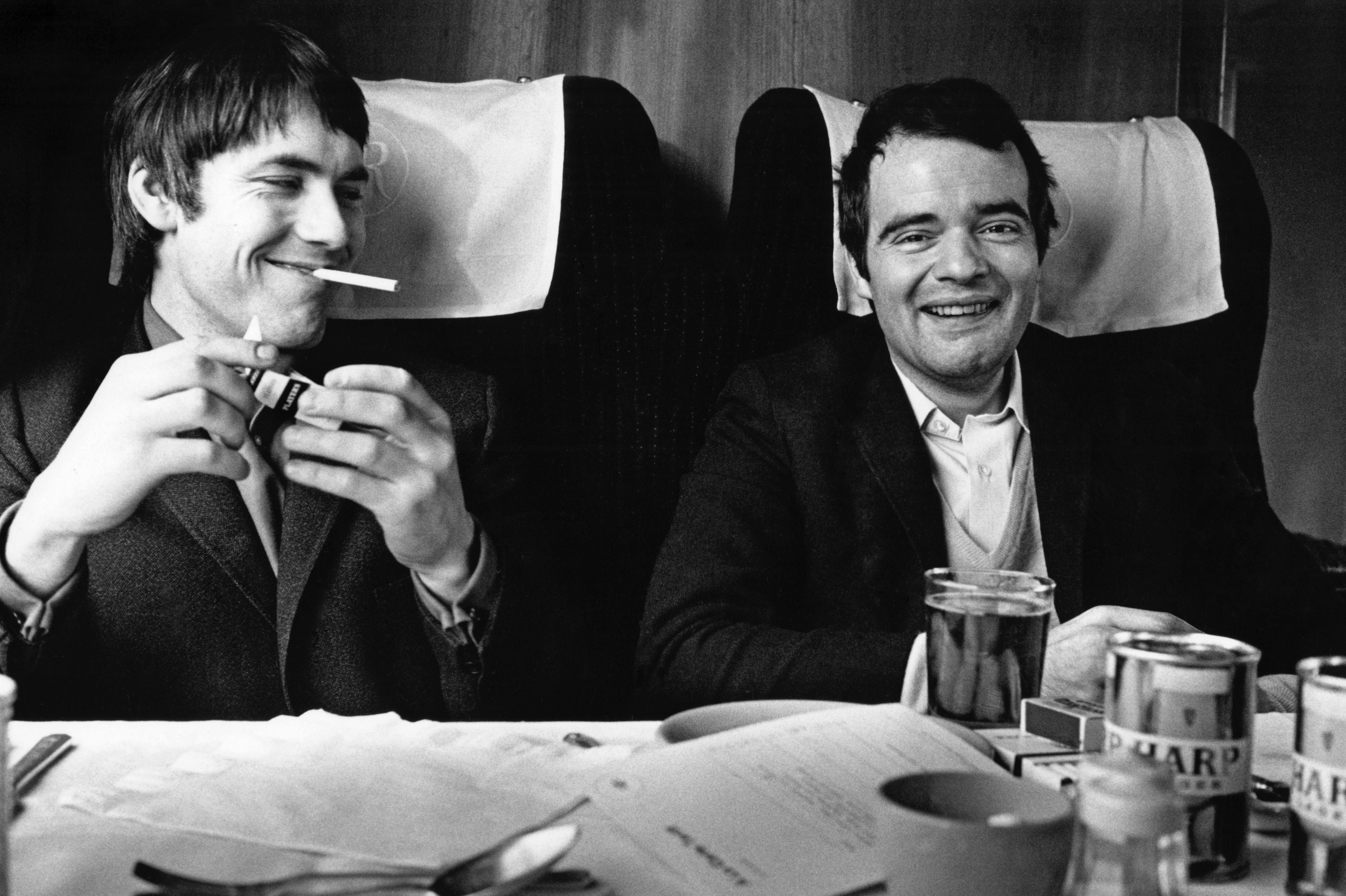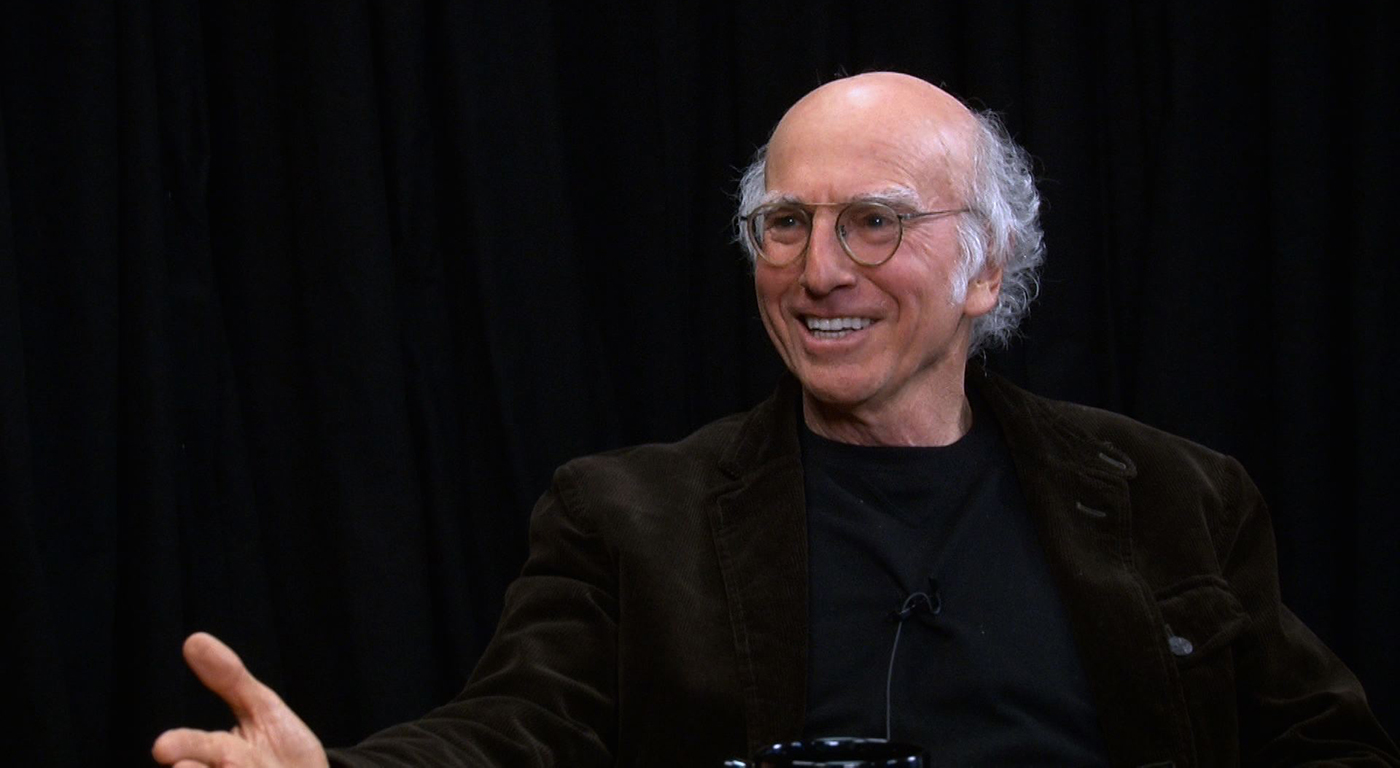Katie Holmes muses over what she loves about Christmas in the opening sequence of Go, the second feature directed by Doug Liman (Swingers). For her, it’s the surprise, the discovery of something completely unexpected—and ultimately, this is what the film is about. Inventively directed and packed with quirky turns by appealing young performers, Go is a hip jigsaw puzzle driven by clever twists and unusual narrative turns. For the most part, that’s enough: The screenplay (by newcomer John August) is a whole Christmas tree full of boxes that open through the course of the film.
Go
directed by Doug Liman
starring Katie Holmes, Sarah Polley
opens April 9 at Metro and others
Borrowing a time-rewind trick made popular by Quentin Tarantino and Jim Jarmusch, Go follows three narrative threads that all begin with the same scene. First up is Ronna (Sarah Polley), a harried, overworked, and desperately broke supermarket checker about to be evicted from her apartment. Fellow clerk Simon (Desmond Askew) offers her his shift, and as chance would have it, a pair of party-going guys looking to score drugs from Simon ask Ronna if she can help out. A plan hatches, and her pal Claire (Katie Holmes of Dawson’s Creek) is roped into helping her make rent in one night.
The second story involves Simon, off to a mad weekend in Vegas with a trio of buddies. This is the loosest of the stories, little more than a collection of shaggy stories and male sex fantasies that lead them to a dangerous run-in with a bouncer and his vindictive dad.
The final story follows Adam (Scott Wolf) and Zack (Jay Mohr), the two drug-scoring dudes from the first story who turn out to be TV actors with more than a few problems on their hands, not the least of which is a cop whose bizarre mind games are creepily rendered by William Fichtner, who adds a level of discomfort to every scene he’s in. Like a Pulp Fiction for the twentysomething LA underground scene, Go is an episodic collection of cleverly written scenes and anecdotes stitched together with sharp dialogue, cinematic panache, and interwoven story lines. August’s script brilliantly ties up every loose end, but in its intricate plotting and running diversions it neglects to develop any of its characters. Sarah Polley (whose powerful performance centered The Sweet Hereafter) and Katie Holmes make more of their parts than the script even begins to suggest—Polley through sheer will and acting acumen, and Holmes by subtly toying with her good-girl TV image. The rest of the cast skates through on amiability and Liman’s energetic direction. When the movie works, it’s delightful, a zippy little picture that pauses here and there for conversations about tantric sex and how much The Family Circus comic strip sucks, only to take a left turn into unpredictable territory. Weaker moments occur when the film spins its wheels in pointless scenes and meandering conversations—but with this screenplay you only have to wait a few minutes for the weather to change.






